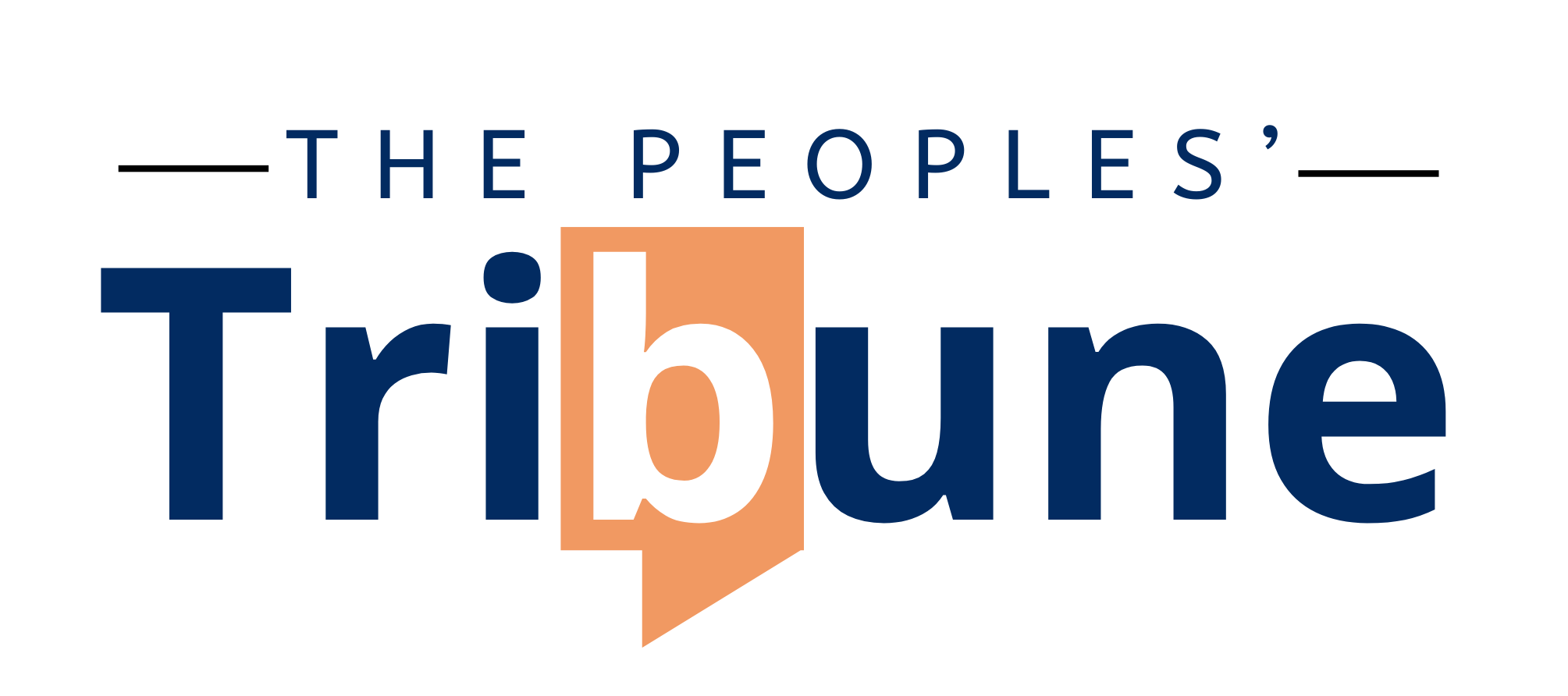GREAT BAY--Compared to six Caribbean peers, St. Maarten, paired with Curaçao in the monetary union, rates well on stability and market size, yet trails on operational efficiency and remains on a "business as usual" track, while several neighbors have chosen sharper strategic lanes. The benchmark section of the report is an especially interesting read.
This was made clear in the Financial Sector Strategic Review for Curaçao and St. Maarten, commissioned by the Centrale Bank van Curaçao en Sint Maarten. The review translates global finance trends into clear strategic options for the monetary union, and benchmarks the islands against regional peers to guide policy choices. It is based on a three phase method that combined secondary research, 24 stakeholder interviews, and a sounding board review.
The benchmark section in the report, grades each jurisdiction on three lenses and tags a dominant strategy. There are four strategies in the benchmark:
Strategy 1, Business as Usual,
Strategy 2, Strengthening Digital Financial Infrastructure,
Strategy 3, Green Finance and ESG (Environmental, Social, and Governance) Leadership,
Strategy 4, Regional Wealth Preservation and Pension Innovation.
St. Maarten and Curaçao score positive on monetary and financial stability and on market size, negative on operational efficiency, and are classified as Strategy 1, Business as Usual. The Bahamas and Jamaica are tagged Strategy 2, strengthening digital financial infrastructure. Barbados, Trinidad and Tobago, and the Cayman Islands align with Strategy 4, regional wealth preservation and pension innovation, with Cayman scoring strongly across all three lenses.
St. Maarten’s stance contrasts with peers that have already picked a lane. The Bahamas and Jamaica use digital infrastructure to cut cost and widen access. Barbados, Trinidad and Tobago, and Cayman are building long-term wealth and pension niches. St. Maarten is steady, yet risks missing opportunity.
St. Maarten’s single negative is operational efficiency. In the regional grid this is the main separator. Cayman and The Bahamas are rated efficient. Jamaica, despite constraints, is pursuing digital upgrades aimed at efficiency gains. St. Maarten’s efficiency shortfall, combined with an incremental posture, is the key difference limiting catch-up.
None of the benchmarked peers are shown pursuing Strategy 3, green finance and ESG leadership. For a hurricane-exposed economy where insurance and reinsurance shape cost and access, this gap is a real differentiation route. Neighbors have staked out digital or wealth strategies. St. Maarten has room to define an ESG track that fits its risk profile and investor interest.
Strengths: strong monetary and financial stability, adequate market size within the union. This aligns with a conservative approach that protects buffers.
Key difference versus peers: a persistent efficiency lag and an incremental strategy, while others have pivoted to digital infrastructure or wealth and pension niches.
Undertapped option: ESG and climate-aligned finance remain open. Moving first would differentiate St. Maarten, rather than competing head to head with stronger digital hubs or established wealth centers.
The bottom line that staying the course will keep St. Maarten stable, however the gap with neighbors that are compounding efficiency and specialization gains will widen. as such, most experts agree that a deliberate choice is needed, which means a targeted digital infrastructure upgrade to close the efficiency gap, or an ESG leadership track to differentiate. Either path would make St. Maarten meaningfully different from peers, instead of simply similar to the ECCU under a Business as Usual footing.
Join Our Community Today
Subscribe to our mailing list to be the first to receive
breaking news, updates, and more.



.jpg)


%20(412%20x%20570%20px)%20(412%20x%20340%20px).jpg)